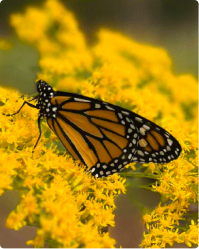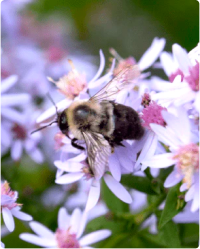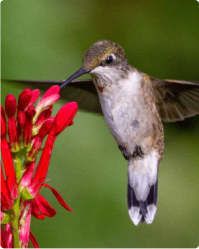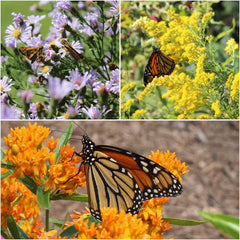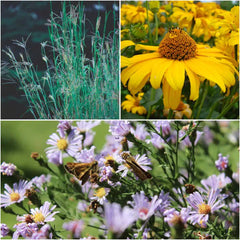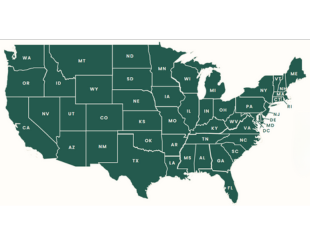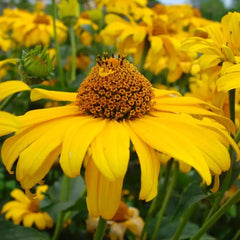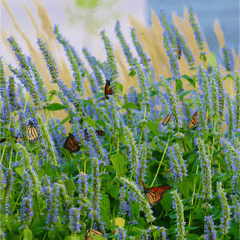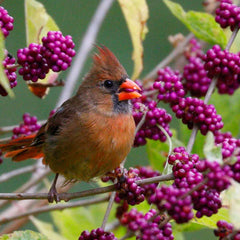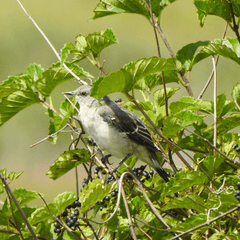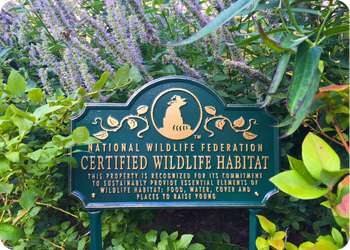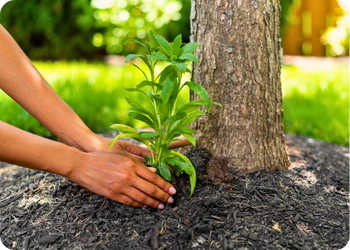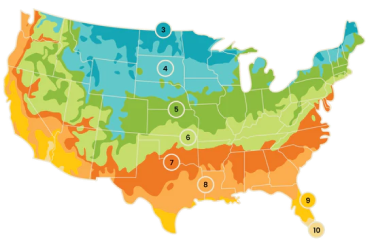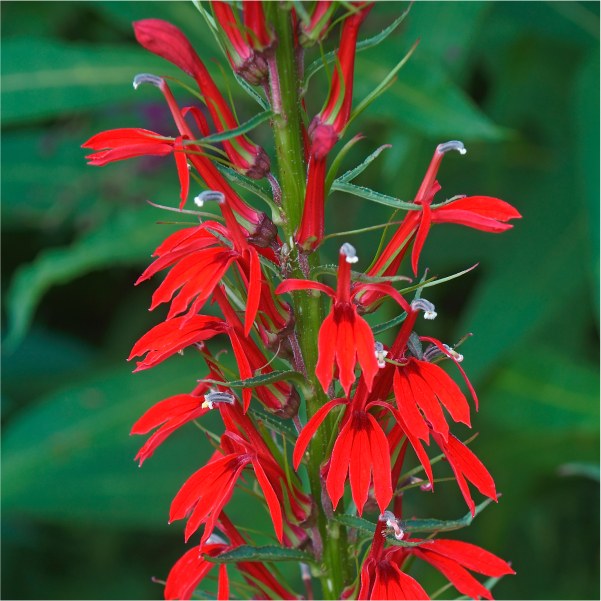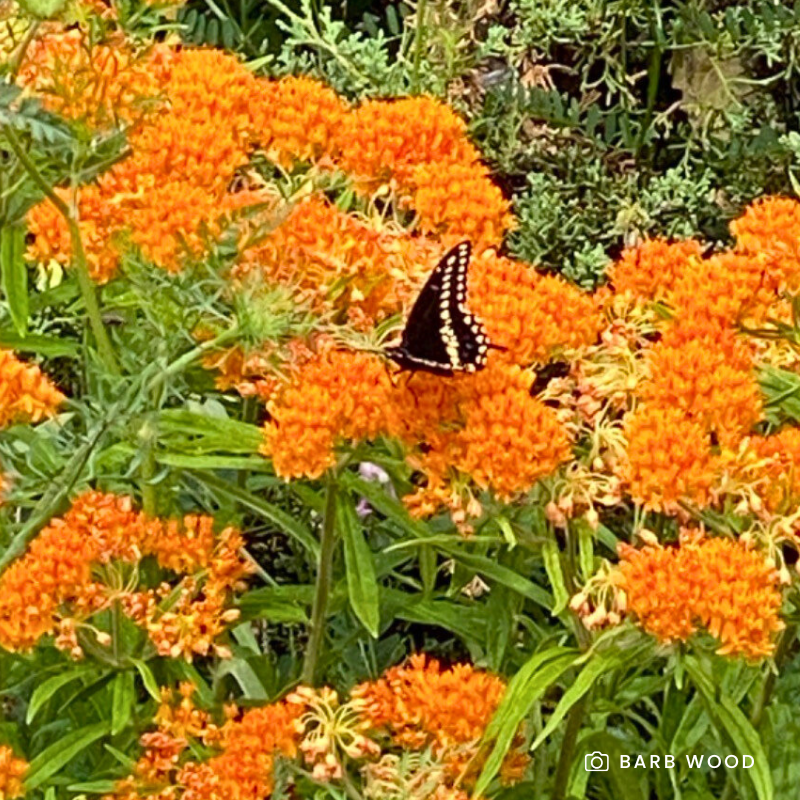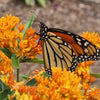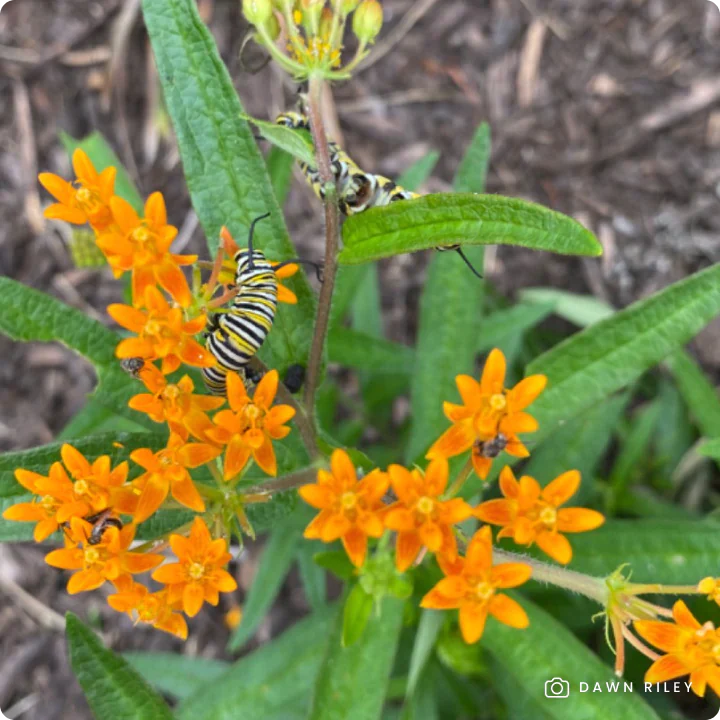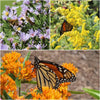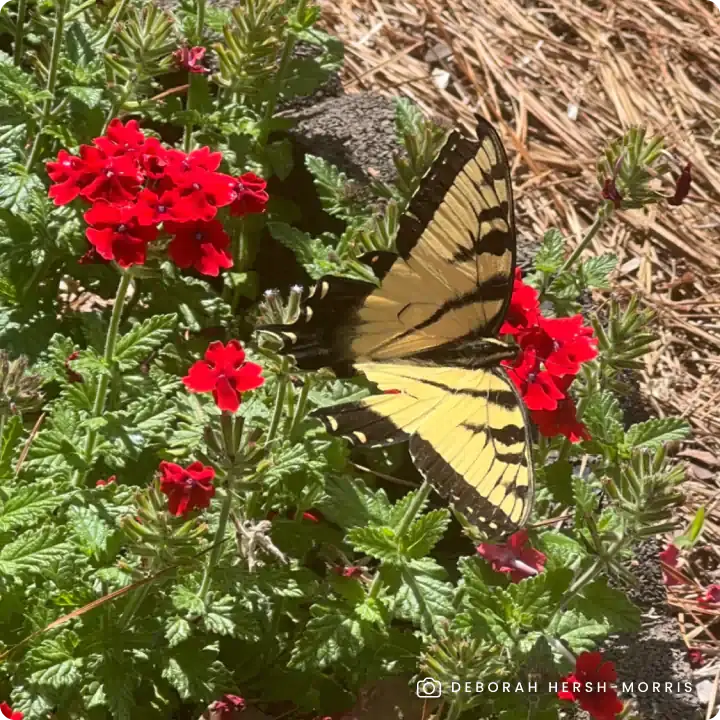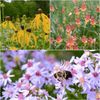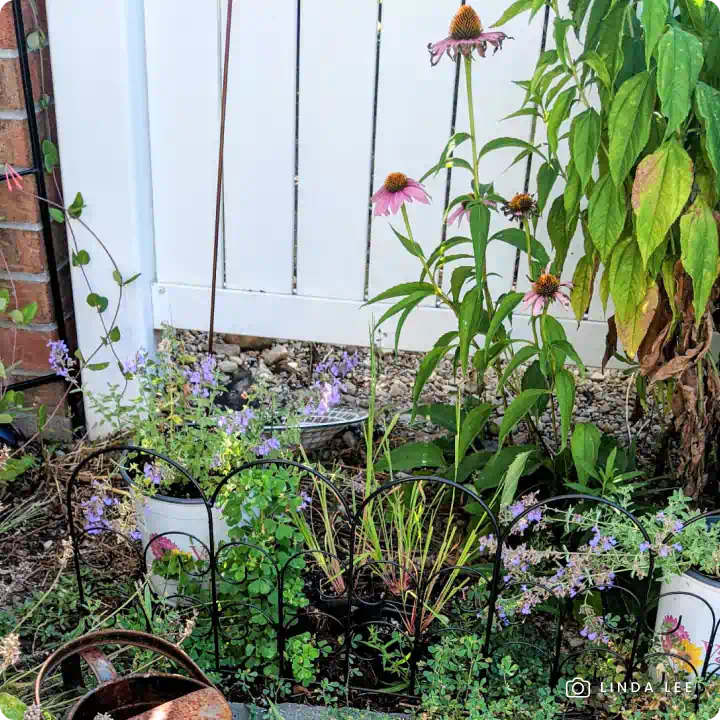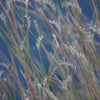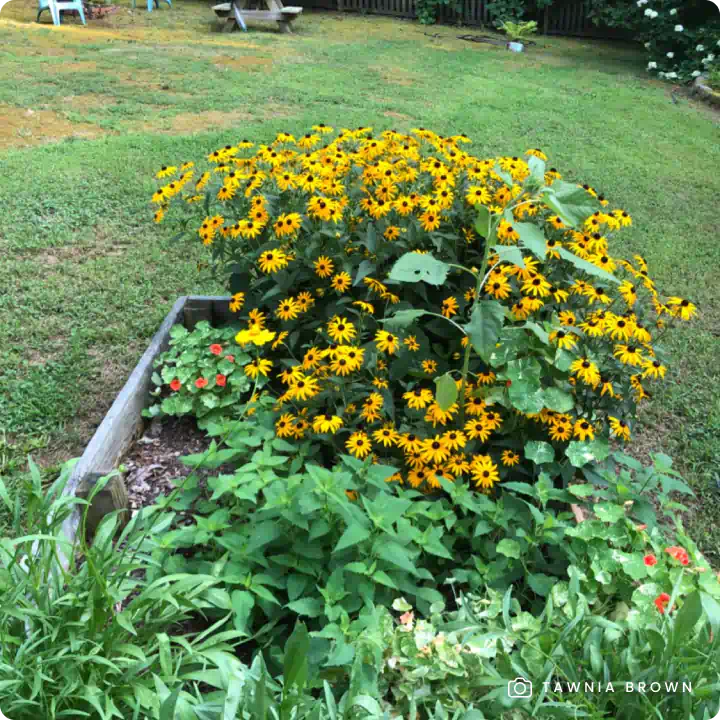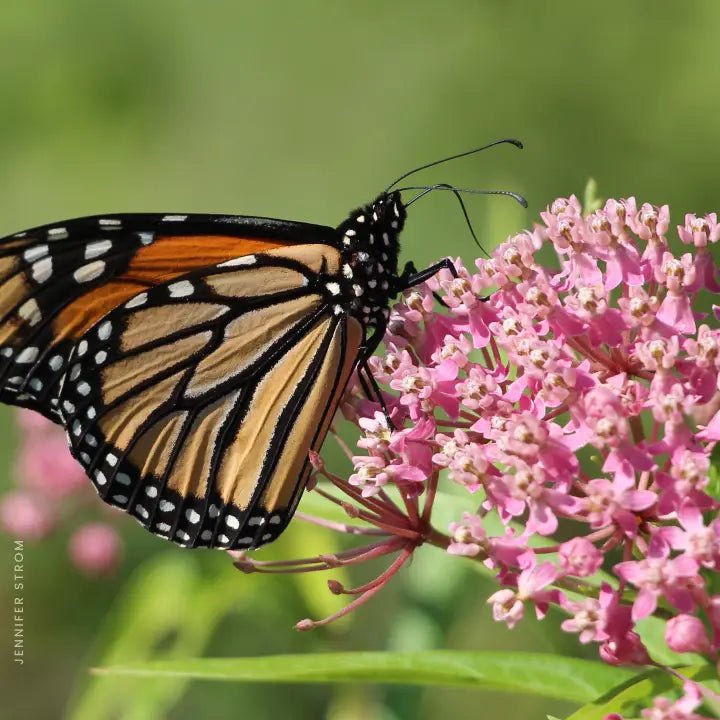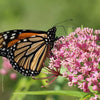Cardinal Flower (Lobelia cardinalis) is a striking native perennial that dazzles with its brilliant red, tubular flowers from mid-summer through fall. A must-have for hummingbird enthusiasts, this plant provides an essential nectar source during peak migration periods. Its bold color and tall, elegant spikes also attract butterflies, moths, and bees, creating a vibrant pollinator haven in your garden. Perfect for moist to wet soils, cardinal flower thrives in full sun to part shade, adding rich texture and seasonal beauty to rain gardens, pond edges, and wildlife-friendly landscapes.
Key Features:
- Hummingbird Favorite: Bright red, tubular blooms are a top nectar source, making this plant an irresistible magnet for hummingbirds.
- Wildlife Support: Attracts butterflies, moths, and bees while also providing seeds for birds in the fall.
- Seasonal Beauty: Adds striking color and texture from summer into fall, complementing other native perennials.
- Moisture-Loving: Thrives in wet to consistently moist soils, making it ideal for rain gardens, pond margins, and wetland areas.
- Low Maintenance: Returns each year with minimal care and requires less water once established.
- Pollinator-Safe: Grown non-GMO and free of harmful neonicotinoids, promoting a healthy ecosystem for pollinators and wildlife.
Available in sets of three, six, or 12 plants to suit gardens of any size.
Why Choose Cardinal Flower?
Cardinal flower is more than just a showstopper—it’s a lifeline for hummingbirds and pollinators. Whether planted along a water feature, in a rain garden, or in a wildlife-friendly border, its bold blooms provide essential food sources and unmatched beauty. If you're looking to create a hummingbird haven while enhancing your garden with vibrant summer-to-fall color, this is the plant for you.
Planting Tips:
- Location: Prefers full sun to part shade with moist to wet, well-drained soil.
- Watering: Keep soil consistently moist, especially in drier conditions. It thrives in wetland areas and rain gardens.
- Maintenance: Minimal care required. Leave stems standing through fall and winter to provide habitat for overwintering insects and add winter interest. If desired, cut back the stems in late spring after pollinators have emerged.
For more information on planting, view our How to Plant Your Native Plants guide and other planting tips in the Garden for Wildlife Learning Center.
Invite hummingbirds and pollinators into your garden with the breathtaking cardinal flower. Its vibrant red blooms, ecological benefits, and easy-care nature make it a must-have for any wildlife-friendly landscape.
